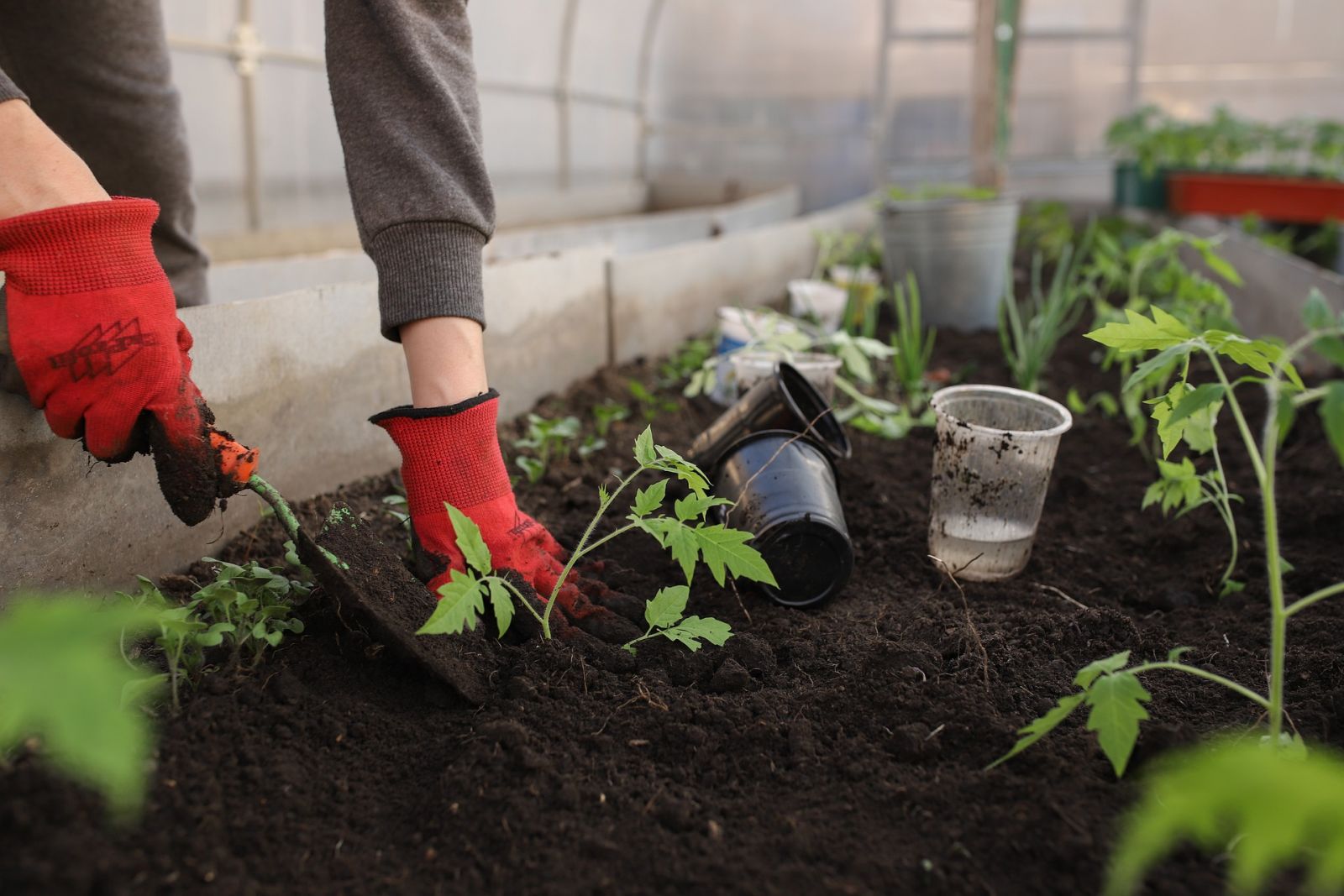Hydroponic Gardening: A Comprehensive Guide
Hydroponic gardening is a soilless method of growing plants, where water and nutrients are directly delivered to the roots of the plants. This method has been gaining popularity in recent years due to its many benefits, including increased yields, reduced water usage, and the ability to grow plants in limited spaces. In this guide, we'll take a closer look at hydroponic gardening, including the benefits, the types of systems available, and how to get started.

Benefits of Hydroponic Gardening
One of the main advantages of hydroponic gardening is the increased yields that can be achieved. Plants grown hydroponically can produce up to three times more yield than those grown in soil. This is because the plants have constant access to water and nutrients, which allows them to grow faster and healthier. Additionally, because the plants are grown in a controlled environment, they are less susceptible to pests and diseases, resulting in higher quality produce.
Another benefit of hydroponic gardening is the reduced water usage. In traditional soil-based gardening, a significant amount of water is lost through evaporation and runoff. In hydroponic gardening, water is delivered directly to the roots, reducing the amount of water needed to grow healthy plants.
Types of Hydroponic Systems
There are several types of hydroponic systems available, each with its own unique set of advantages and disadvantages. The most common types of hydroponic systems include:
-
Deep Water Culture (DWC) - This system involves suspending plants in a nutrient-rich solution. The roots of the plants are submerged in the solution, which provides constant access to water and nutrients.
-
Drip Irrigation - In this system, water and nutrients are delivered to the plants through a series of tubes and drip emitters. This allows for precise control of the amount of water and nutrients delivered to each plant.
-
Nutrient Film Technique (NFT) - In this system, a thin film of nutrient-rich water is circulated over the roots of the plants. This provides constant access to water and nutrients, while also allowing for better aeration of the roots.
-
Aeroponics - This system involves suspending plants in the air and delivering water and nutrients through a fine mist. This method provides the roots with constant access to water and nutrients while also allowing for optimal aeration.
Getting Started with Hydroponic Gardening
If you're interested in trying hydroponic gardening, there are a few things you'll need to get started. First, you'll need a hydroponic system, which can be purchased online or at a local gardening store. Next, you'll need to choose the plants you want to grow. Some popular options for hydroponic gardening include lettuce, tomatoes, herbs, and strawberries.
Once you have your system and plants, you'll need to set up your growing area. This will typically involve setting up grow lights, which will provide the necessary light for your plants to grow. You'll also need to monitor the pH and nutrient levels of your water to ensure your plants are getting the right balance of nutrients.
Hydroponic gardening is an innovative and exciting way to grow plants. Whether you're a seasoned gardener or just starting out, hydroponic gardening can provide a wealth of benefits, including increased yields, reduced water usage, and the ability to grow plants in limited spaces. With the right system and a little bit of patience, you can enjoy a bountiful harvest of fresh, healthy produce all year round.
